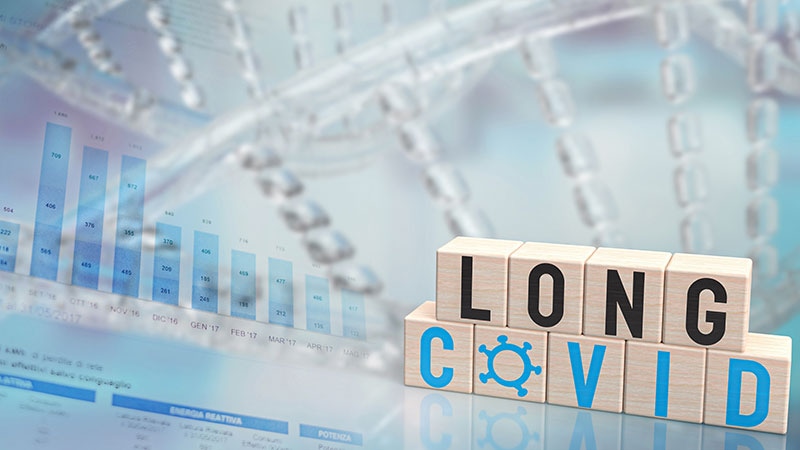NICE has advised that transcranial magnetic stimulation (TMS) for auditory hallucinations should only be used in the context of research.
The organisation says the evidence on the safety of TMS for auditory hallucinations is adequate and raises no major safety concerns. However, evidence on its efficacy is inadequate in quantity and quality.
In a systematic review of 768 patients, with auditory hallucination data for 578 patients, there was a statistically significant reduction in auditory hallucinations, as measured by a composite score derived from the Auditory Hallucinations Rating Scale (AHRS) and positive and negative syndrome scale (PANSS) auditory hallucination subscale, for patients who had repetitive TMS compared with sham (Hedges’ g, −0.51; P=.0001; I2=59%; 14 studies).
Older age was associated with a small reduction in response to the active (coefficient, 0.08; P=.03) and the sham condition (coefficient, 0.14; P<.0001). Higher antipsychotic dose was associated with a small but statistically significant reduction in response in the active condition (coefficient, 0.003; P=.03). The effect of other patient-related variables was not statistically significant.
Reductions in the composite hallucination scores was associated with short trial duration (<3 weeks; Hedges’ g, −6.03; P=.001).
However, the appraisal committee noted that there is a placebo effect with this treatment and that the treatment is typically used as an adjunct to other therapies.
A wide variety of treatment protocols were used in the evidence considered, and most of the evidence considered came from patients with schizophrenia.
NICE says future research should be in the form of randomised controlled trials and should use well described treatment protocols.
Details of patient selection should be reported, including specific psychopathology; underlying disease and other treatments; the area of brain treated and the imaging used to target it; and long-term outcomes for at least one year.
This article originally appeared on Univadis, part of the Medscape Professional Network.



